 中文版
中文版


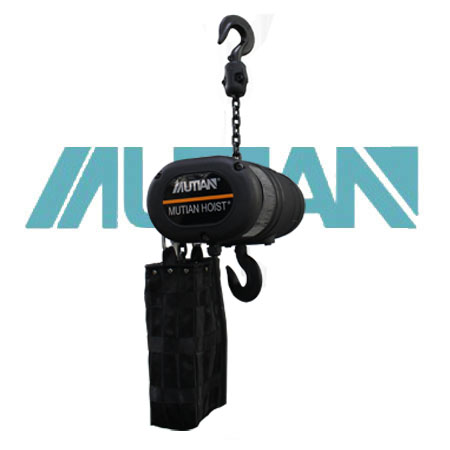
Welcome to contact us by phone:0086-0312-7969888
The operation of a stage electric hoist involves a series of steps to ensure safe and controlled movement of loads in the entertainment and stage production industry. Here is a general guide on how to operate a stage electric hoist:
Before Operation:
Inspect the Hoist:
Conduct a visual inspection of the stage electric hoist to ensure there are no visible signs of damage, wear, or malfunction. Check for loose bolts, proper alignment, and any abnormalities.
Check Load Capacity:
Verify that the stage electric hoist is rated for the weight of the load you intend to lift. Exceeding the hoist's rated capacity can lead to unsafe conditions.
Secure the Load:
Ensure that the load is properly attached and secured to the hoist. Use appropriate rigging equipment, such as slings or chains, and make sure the load is balanced.
Power Connection:
Connect the hoist to a power source that meets the electrical requirements of the hoist. Ensure that the power supply is stable and properly grounded.
Emergency Stop Test:
Test the emergency stop function to ensure that it works correctly. This is a critical safety feature that should be functional at all times.
Operating the Stage Electric Hoist:
Controller Familiarization:
Become familiar with the hoist controller. It typically includes buttons or levers for raising, lowering, and stopping the hoist. Some controllers may have additional functions for speed control and limit settings.
Raise the Load:
Use the controller to slowly raise the load. Pay attention to the movement of the load and ensure that it remains stable. If the hoist has variable speed settings, choose an appropriate speed for the lift.
Lower the Load:
Lower the load in a controlled manner using the hoist controller. Avoid sudden or jerky movements that can lead to instability.
Horizontal Movement (If Applicable):
If the stage electric hoist allows for horizontal movement, use the controller to navigate the load horizontally. Again, ensure controlled movement to prevent swinging.
Emergency Stop:
Familiarize yourself with the emergency stop button or lever on the controller. In case of any unexpected issues or emergencies, press the emergency stop to halt all hoist movements.
Observe Load Movement:
Continuously monitor the load during operation. If any irregularities, unusual sounds, or instability are observed, stop the hoist immediately and inspect the situation.
Coordinate with Team:
If multiple hoists are used in a coordinated manner, communicate effectively with the team to ensure synchronized movements and overall safety.
After Operation:
Lower the Load Completely:
Lower the load completely to the ground or designated position before disconnecting power.
Disconnect Power:
Disconnect the power supply to the stage electric hoist when it is not in use.
Visual Inspection:
Conduct a post-operation visual inspection to check for any wear, damage, or issues that may have occurred during operation.
By following these guidelines and any specific instructions provided by the manufacturer, operators can ensure the safe and efficient operation of stage electric hoists in the entertainment industry. Additionally, adherence to safety standards and regulations is crucial for the well-being of both operators and those in the vicinity of the hoisting operations.
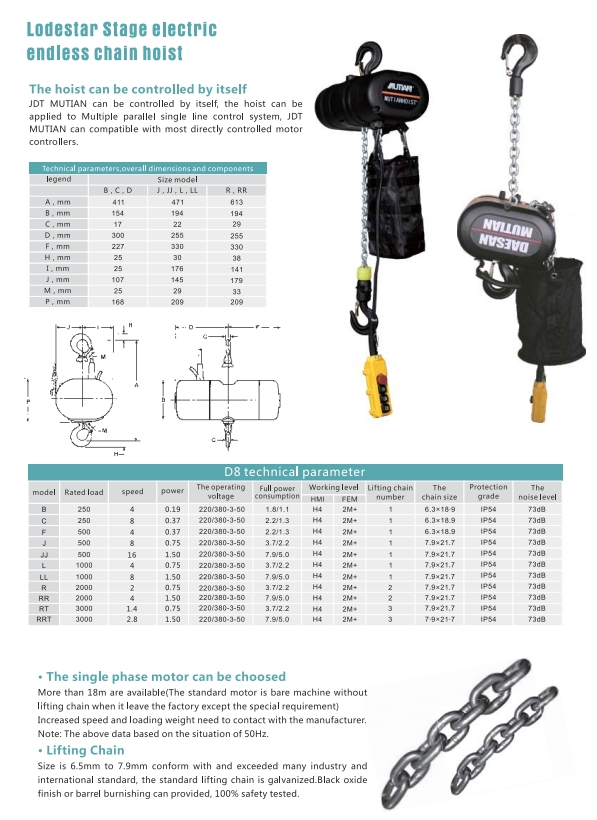
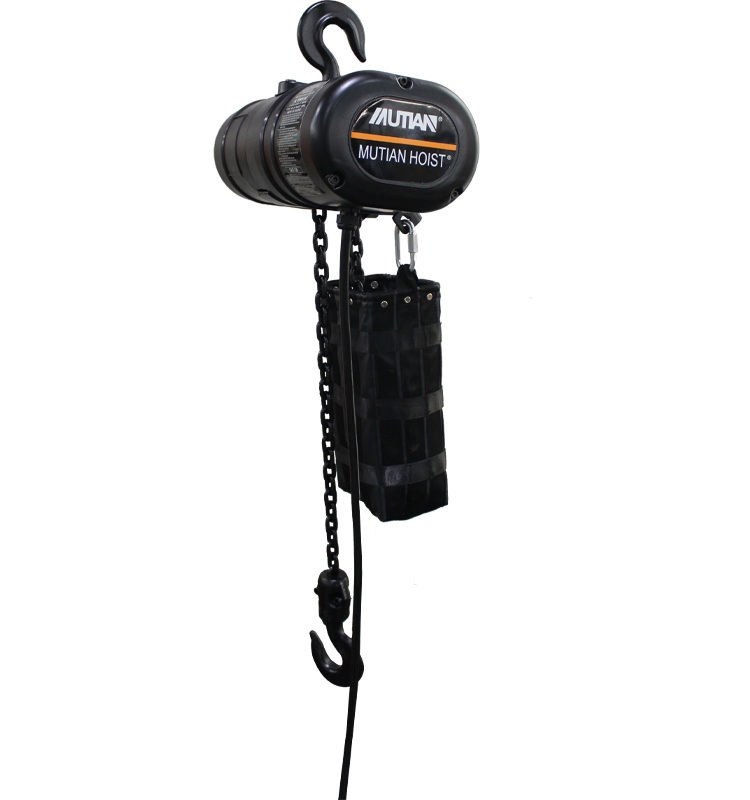
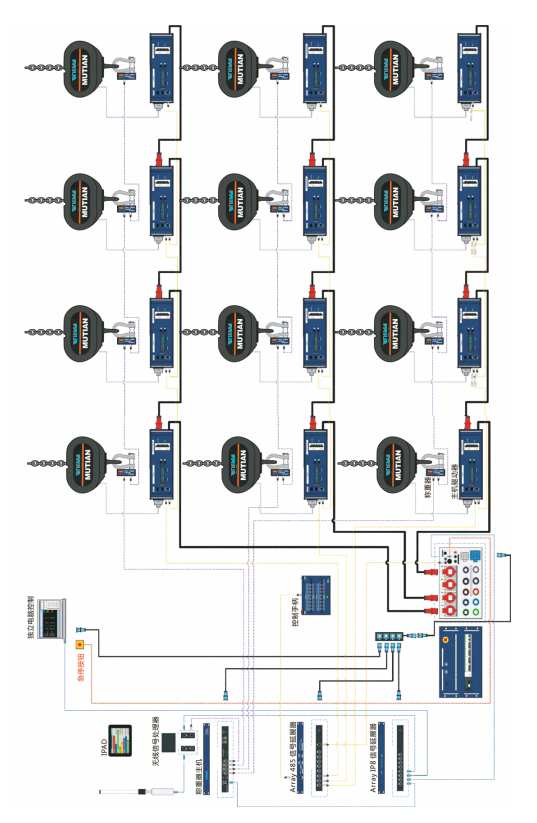
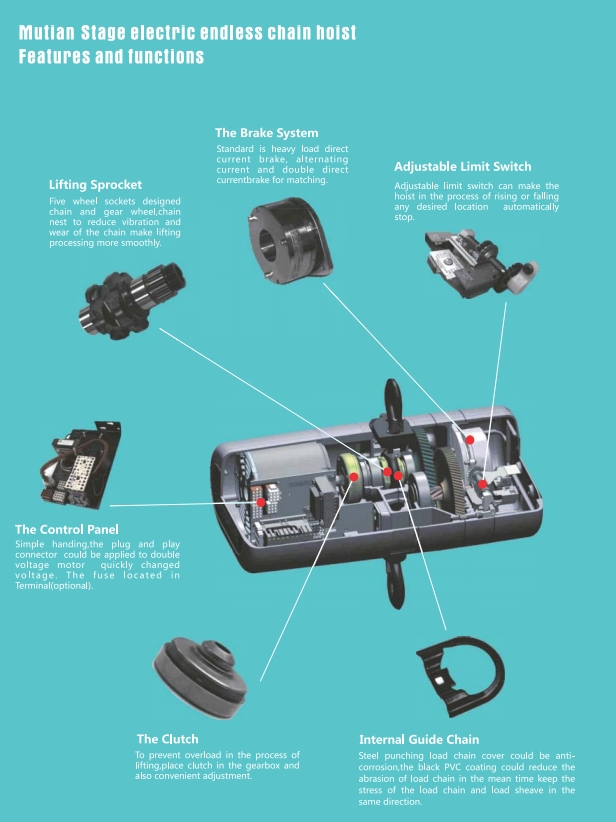
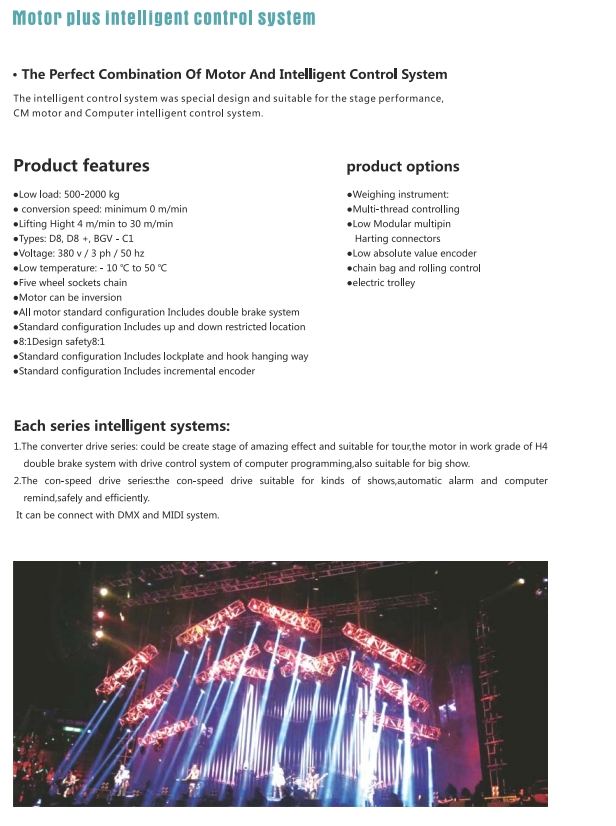
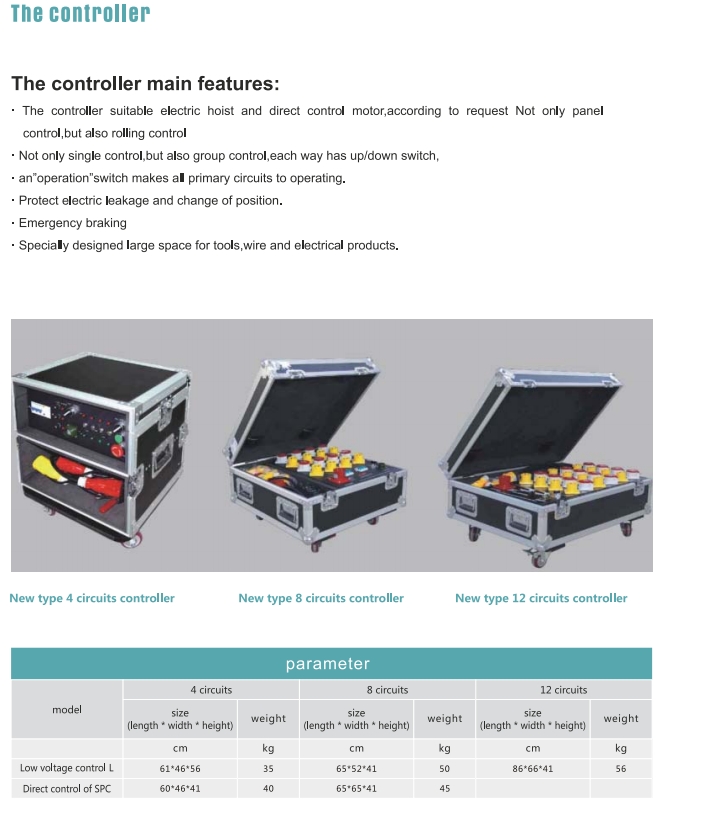
X